Description
The Use of Electricity during the Attack on Pyeongyang by Kobayashi Kiyochika printed on a Hoodie
Kobayashi Kiyochika designed numerous propagandistic prints during the Sino-Japanese War of 1894–95 and, a decade later, the Russo-Japanese War. This work celebrates achievements in military technology. Japanese soldiers use electric search lights to illuminate their firing target—Chinese troops in Pyongyang, in northern Korea, which is shown ablaze in the background.
About the Hoodie
Modern fit
It provides a more tailored look than a regular fit
Comfortable
The fabric and fit of this item are extra comfy
Tear-away tag
Easily removable tear-away tag that allows you to add a custom inside label
Premium quality
The product is made from premium, high-quality materials
Classic unisex hoodie with a front pouch pocket and matching flat drawstrings. The 100% cotton exterior makes this hoodie soft to the touch.
- 65% ring-spun cotton, 35% polyester
- Charcoal Heather is 60% ring-spun cotton, 40% polyester
- Carbon Grey is 55% ring-spun cotton, 45% polyester
- 100% cotton face
- Fabric weight: 8.5 oz./yd.² (288.2 g/m²)
- Front pouch pocket
- Self-fabric patch on the back
- Matching flat drawstrings
- 3-panel hood
- Tear-away tag
Kobayashi Kiyochika (1847-1915)
Kobayashi Kiyochika was a Japanese ukiyo-e artist, best known for his ukiyo-e colour woodblock prints and newspaper illustrations. His work documents the rapid modernization and Westernization Japanese underwent during the Meiji period (1868–1912) and employs a sense of light and shade called kōsen-ga [ja] inspired by Western art techniques.
His work first found an audience in the 1870s with prints of red-brick buildings and trains that had proliferated after the Meiji Restoration; his prints of the First Sino-Japanese War of 1894–95 were also popular. Woodblock printing fell out of favour during this period, and many collectors consider Kobayashi’s work the last significant example of ukiyo-e.

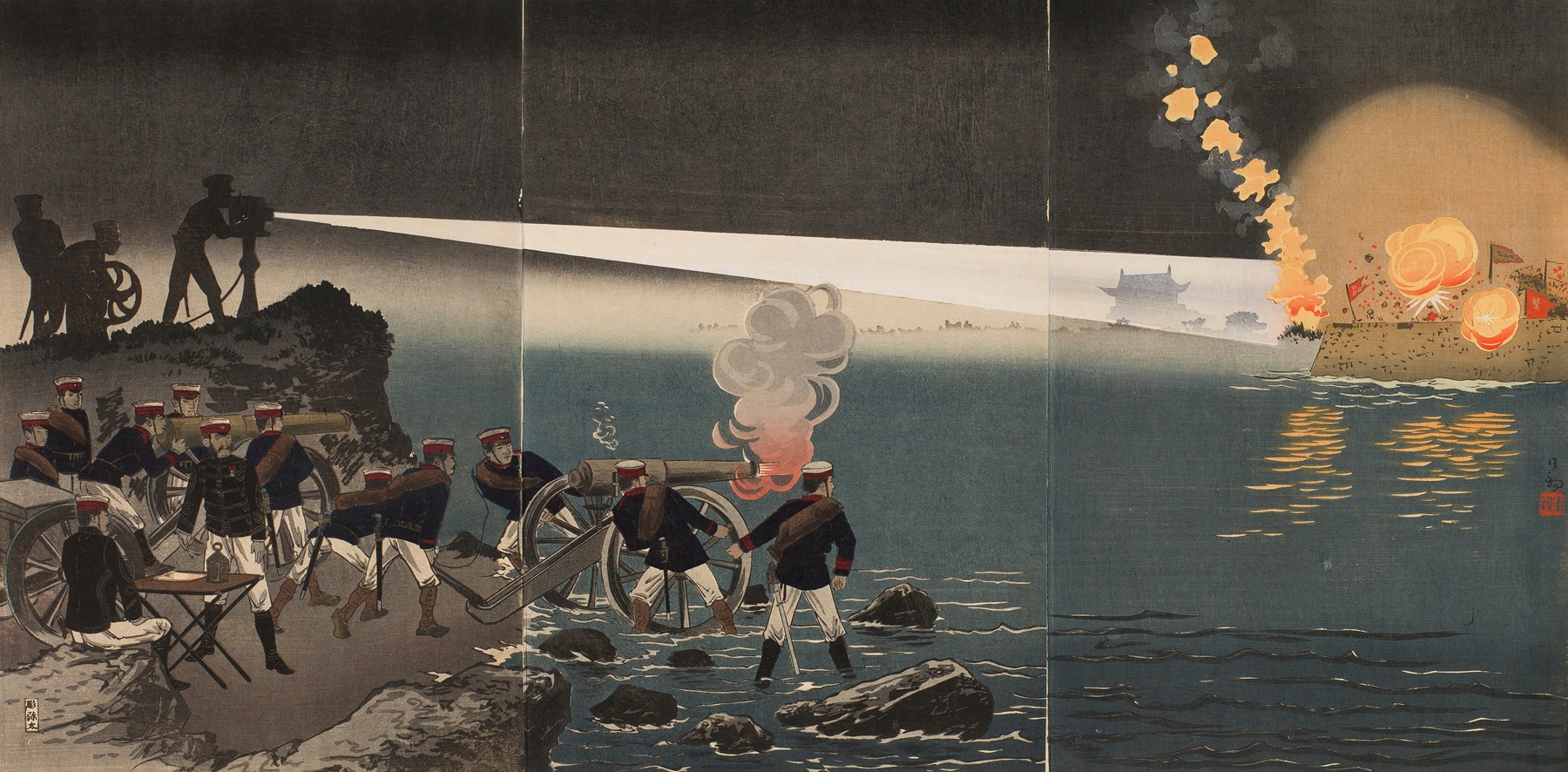
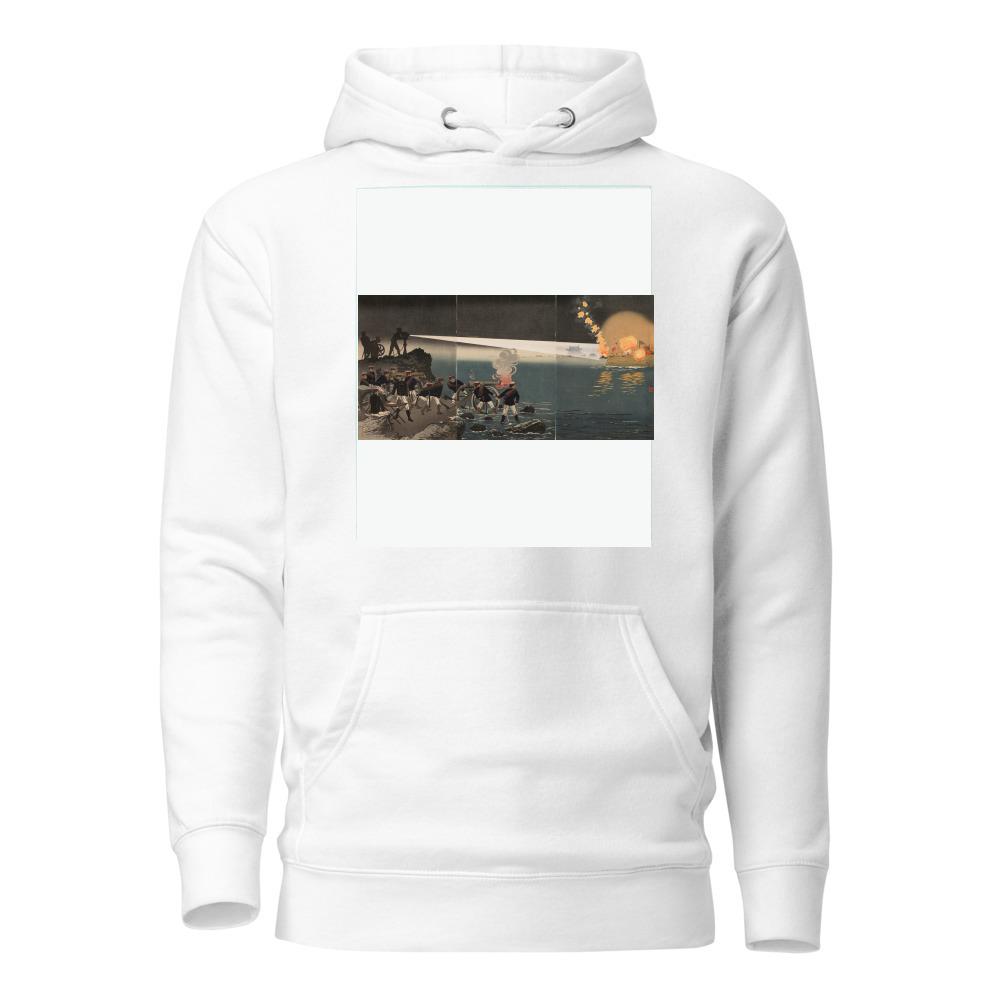
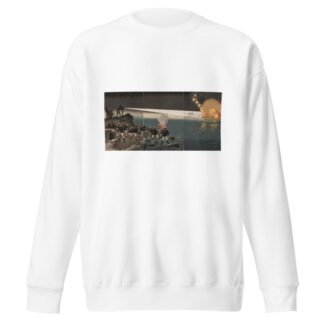
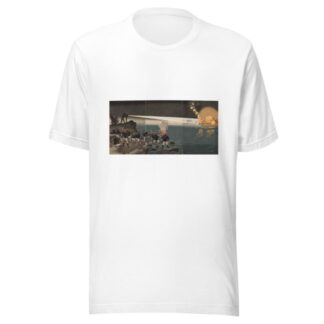
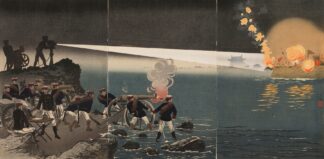
Reviews
There are no reviews yet.